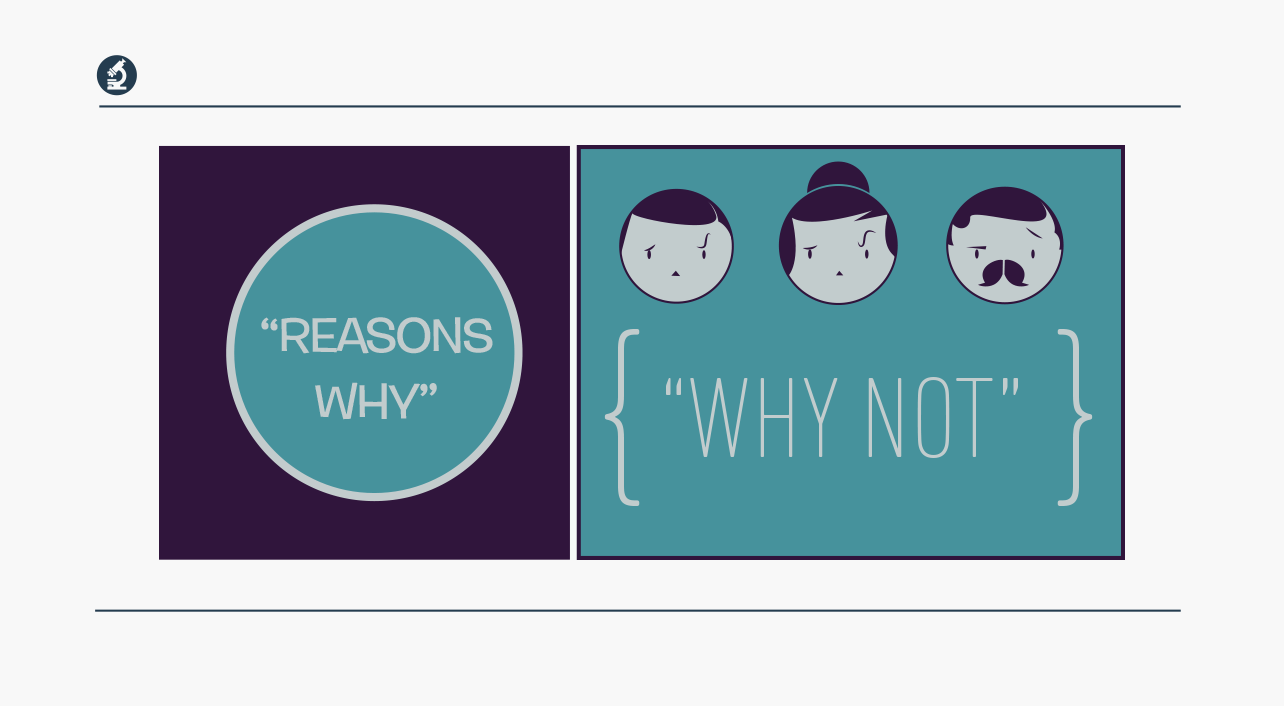- leadership
- Blog post
Why trying too hard makes you less persuasive
Imagine a middle manager — we could call her Samantha — who is full of ideas to improve the way her company functions. In fact, she just came up with a great one that she can’t wait to present to the top management team.
This idea is a winner, she tells herself. She’s going to nail her presentation. And she’s got a prepared response for any objection.
But the top team rejects her proposal. Why?
Research suggests that it probably has less to do with the quality of Samantha’s ideas and more to do with how they’re presented.
‘I know you agree’
To understand this distinction, consider an experiment from the University of North Carolina in Greensboro. Researchers recruited 121 students into a study on persuasion. They asked students in two different groups to read different versions of an essay. Both essays argued that the school should offer a major in advertising.
One version started this way: Here are my reasons for wanting a major in advertising at UNCG. They’re good reasons, so I know you completely agree with all of them. Because when you think about it you are really forced to agree with me because this is a universal student issue.
Another group of students read an identical version, except it omitted this preamble. It simply launched into the reasons why the school should offer the major.
After reading the essay, the students were asked to rate their impressions. Was the author sincere? Open-minded? Qualified? An expert on the subject?
They were also asked to describe how they felt about the proposal itself. Did they actively criticize the arguments in favor of it? Did they come up with counterarguments? Were they persuaded or not?
Reactance kicks in
As you might imagine, the “I know you’ll agree” language put people off. Readers were more likely to rate the author as insincere, close minded and unqualified.
Even more important, their skepticism extended beyond the author to the quality of the argument itself. As they read the author’s “reasons why,” they immediately began formulating “reasons why not.” The more neutral version was perceived to be far more persuasive – even though the arguments in both versions were identical.
So what was behind these differing perceptions? A psychological process known as “reactance.”
Many other experiments have found that when someone advocates for a position too forcefully, the effort is perceived as a threat – a threat to our freedom of thought.
We’ve all experienced that sort of hard sell. We sense that the other person is trying to force us to agree. And we react the way the people in the experiment did — by dismissing the argument without making any rational evaluation of it. We want to be free to believe what we believe.
A choice of language
That’s why Samantha didn’t get anywhere with the top management team. She conveyed her passion by using forceful language that triggered reactance. She said things like:
- “You’ll see that I put a lot of thought into this idea”
- “The more I research this concept, the more it seems like a no-brainer”
- “I feel very strongly that this is the best option for our company”
But imagine, instead, that Samantha had used language that didn’t threaten top managers’ freedom of thought. She could simply have presented facts and data, making clear that she trusted her bosses to make the right decision, and not suggesting that her proposal was the only option or that management would be foolish if they didn’t see things exactly as she did.
Softening it
For example, she could have started like this: “My team has come up with an approach that could potentially reduce our costs and improve quality. I’d like to get your feedback on whether you think this approach might work, and whether we should continue to explore it.”
With this sort of soft language – words like “could,” “potentially” and “might” – Samantha is inviting the top management team to disagree. Yet paradoxically, this approach is more likely to result in agreement, because the team members feel less threatened.
Of course, when you present an idea, you need to be confident. But use your confidence to present a strong idea and let the facts and data do the talking. Don’t try too hard to persuade and trigger reactance.
This blog entry is adapted from the BTS Total Access micro video “Managing Up: Getting buy-in for your proposals.” If you’re a Total Access customer, you can watch the video here. If you’re not, but would like to see this video (or any of our other programs), request a demo and we’ll get you access.
The blog post and BTS Total Access micro video are based on the following academic study: Silvia, P. J. (2006). Reactance and the dynamics of disagreement: Multiple paths from threatened freedom to resistance to persuasion. European Journal of Social Psychology, 36(5), 673-685.


